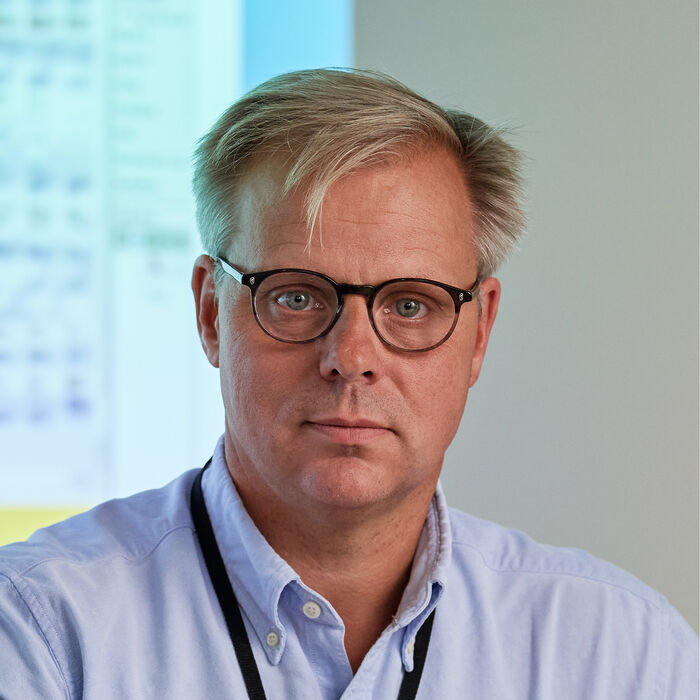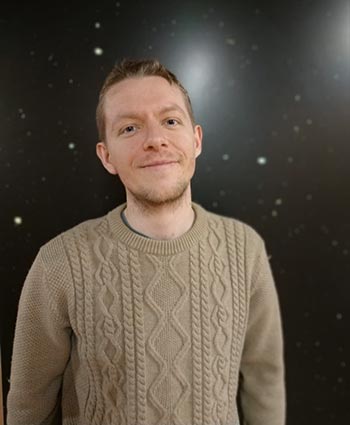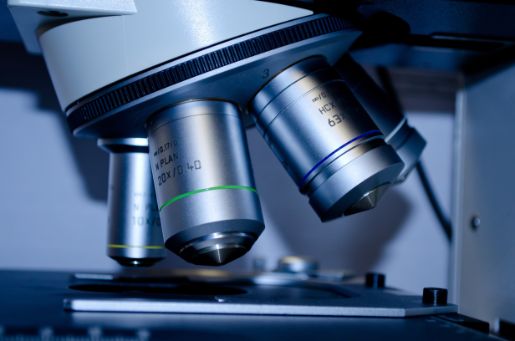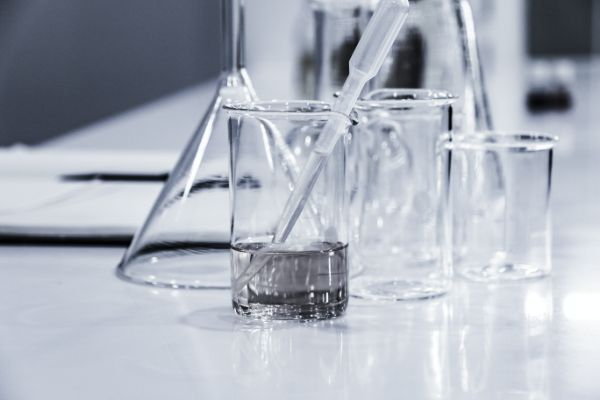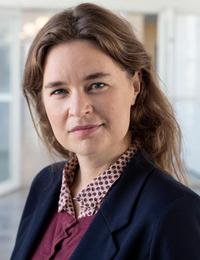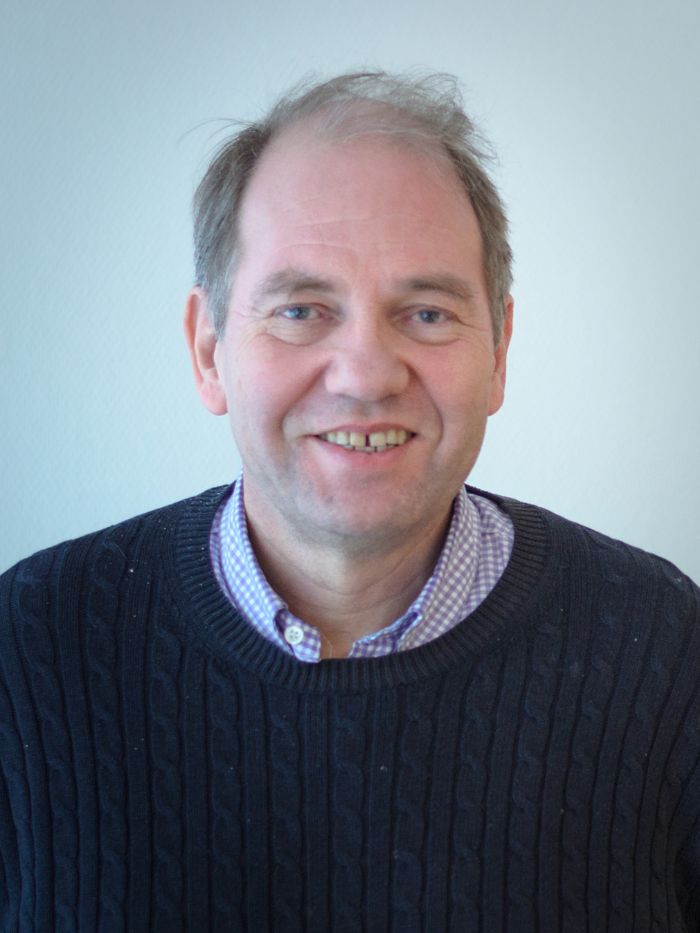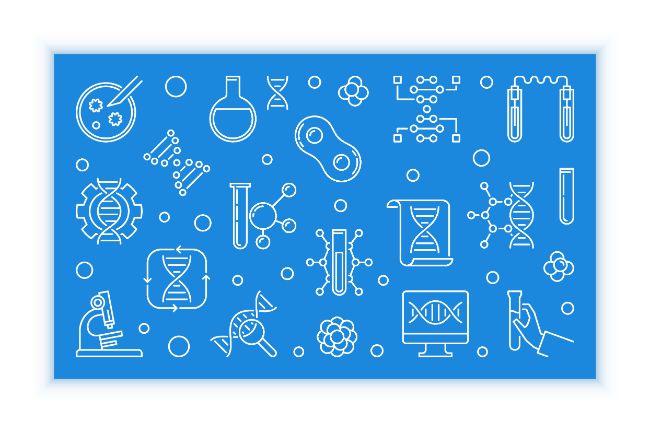Tidligere arrangementer - Side 46
How do low-carbon transitions create inequality and how can we make them more socially inclusive? Join us in the 2021 Hal Wilhite Memorial Lecture with Benjamin Sovacool.
Super-resolution is a hot topic in current day Machine Learning. The origin of the methodology dates back to applications in seismic imaging. I discuss the evolution from the early days and highlight some papers which have given new theoretical insights along the way. I illustrate the bridge between traditional convex optimization and current day convolutional neural nets. Along the way I show some examples where we have used this for current day applications in seismic imaging.
Helene Kn?velsrud, Senior Scientist and head of the Mapping and Disrupting Cancer Circuits Project at Oslo University Hospital, and Charlotte Boccara, head of the Sleep, Cognition & Development project team at the Institute of Basic Medical Sciences, UiO, will present their latest research as part of NCMM's Tuesday Seminar series.
Thomas Montandon, Astroparticule et Cosmologie, Université Paris Diderot (France).
By Sandra Garces Pastor from UiT The Arctic University of Norway
NORHEART invites everyone with an interest in the mitochondrion and cardiovascular disease to our half-day seminar.
Models as viral assemblages? In this seminar, Marit Tolo ?stebo will look at policy models and how they come into being.
The Ports speaker series features Jatin Dua, associate professor of anthropology at the University of Michigan.
Martin Burkert, NCMM Postdoctoral Fellow from the group of Sebastian Waszak, will present his research as part of the NCMM Tuesday Seminar series.
By Micah Dunthorn from the Natural History Museum, University of Oslo
Abstract: Transport and mixing in multiphase flow through porous media plays a key role in a range of biological, geological, and engineered systems. Here, we use numerical simulations to investigate the effect of intermittent multiphase flow on fluid stretching and folding, a fundamental mechanism driving solute mixing and reaction in porous media. We show that, in contrast to steady single-phase flows, the concurrent flow of two immiscible phases induces chaotic mixing, characterized by exponential stretching in the pore space. The stretching rate is found to decay with increasing capillary number, implying that the increasing flow intermittency observed at lower capillary numbers enhances the mixing efficiency. We propose a mechanistic model to link the basic multiphase flow properties to the chaotic mixing rate, opening new perspectives to understand mixing and reaction in multiphase porous media flows. The results presented here form part of the background for the recently started RCN-funded project M4: Mixing in Multiphase flow through Microporous Media, which will also be introduced.
This talk is part of the Mechanics Lunch Seminar series. Bring-your-own-lunch and lots of questions.
The Belt and Road Initiative (BRI) is one of China’s most discussed foreign policy initiatives. What is the BRI? How does it influence other countries? In this webinar, Freymann will give a presentation of his book and answer questions from the audience, in discussion with ?zge S?ylemez.
NCMM Associate Investigator Emre Yaksi, Professor at the Kavli Institute for Systems Neuroscience, NTNU will present his research as part of NCMM's Tuesday seminar series.
Abstract: The cerebral circulation must ensure continuous blood perfusion of the brain which is the biggest oxygen consumer in the human body. It must also provide mechanisms for adaptability to changing oxygen demand as well as resilience to local blockages. We will look at such mechanisms at the level of the microcirculation where the mechanics of blood flow is dominated by red blood cells. We will find that red blood cells do not only play the role of oxygen carriers, but that they are an important element of blood flow regulation itself. To this end, we will compare results from in vitro studies in microfluidic chips to theoretical and computational models and to in vivo data from mice. We will derive local auto-regulation mechanisms for blood flow and will study how local modifications in the vascular network can modify the global hematocrit distribution. These results will emphasize the relevance of red blood cell mechanics and microvascular network geometry in cerebral blood perfusion.
This talk is part of the Mechanics Lunch Seminar series. Bring-your-own-lunch and lots of questions.
Prof. Dr. Sergey V. Ketov
Tokyo Metropolitan University and Kavli Institute for the Physics and Mathematics of the Universe, The University of Tokyo, Japan.
Dr. Katie Overy, senior lecturer at University of Edinburgh, will speak at RITMO's Seminar Series.
NCMM invites to a mini-symposium in molecular and precision medicine.
Department seminar. Lisa Norrgren is a PhD student at University of Gothenburg. She will present the paper: "Time Preferences, Illness, and Death".
NCMM invites to a mini-symposium in molecular and precision medicine.
Abstract: Swimming bacteria, growing cell tissues, molecular motors, and microtubule systems confined to a substrate are examples of active matter films that exhibit long-range nematic (orientational) order. Intrinsic activity in these systems builds mechanical stresses that tend to destroy local nematic order through topological defects, which act as sources of persistent active flows. The overall evolution and functionality of biological matter is greatly influenced by these orientational defects. Yet, their formation and dynamics are driven by a complex interplay between topological singularities in the nematic order and active flow instabilities, and this is not completely understood.
Click title to continue reading abstract...
Prof. Per Barth Lilje, Institute of Theoretical Astrophysics, UiO.
Antibiotikaresistens utgj?r en global trussel. I forbindelse med den internasjonale antibiotikauken inviterer ASP til fagwebinar om antibiotika i prim?rhelsetjenesten.
For many real-life phenomena one may assume that the units of observation, typically patients, transition through a set of discrete states on their way towards an absorbing state. The states often constitute various stages of a disease, from perfect health through various stages of dementia for example. Multi-state models are a class of statistical models which allow us to study the time spent in different states, the probability of transitioning between states, and the relationship between these quantities and covariates of interest. In many applications the transition times between states are not observed exactly; instead, the current state of the patients is queried at arbitrary times. The transition times are therefore interval censored, and this makes inference and modelling challenging. Most current approaches are based on the Markov assumption, for example the simplest parametric model available - the time-homogeneous Markov model. Here, we propose a new, general framework for parametric inference with interval censored multi-state data. Our models allow non-Markovian behaviour. I will present the framework and an algorithm for the automatic construction of the likelihood function, along with real-data examples. This talk is based on joint work with Marthe Aastveit and Nils Lid Hjort.
Professor Samuli Ripatti, Assistant Director and Head of the Complex Disease Genetics group at the Institute for Molecular Medicine (FIMM), and Dr. Elisabeth Widén, Head of the Genomic Discoveries and Clinical Translation group at FIMM, will present their latest research.

